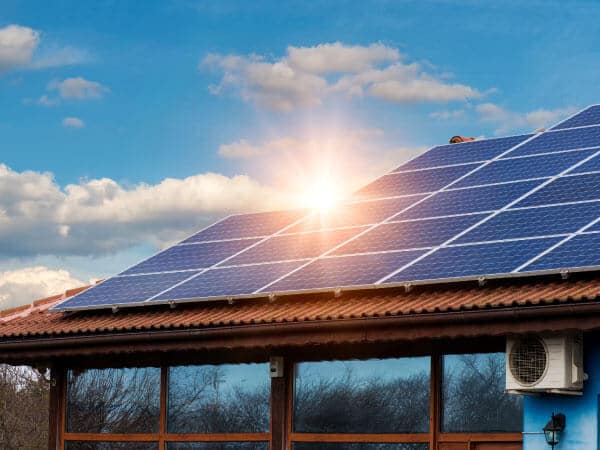California has the opportunity to benefit from a provision in the federal Tax Cuts and Jobs Act of 2017 (also known as the Trump tax package) that can grow the economy, address our housing crisis, and distribute clean energy solutions to poorer sections of the state. However, the state has not yet taken all the necessary steps to do so and may lose needed investment to other states – a situation it can rectify by the end of this year’s legislative session on September 13.

Gov. Gavin Newsom’s budget proposed to designate a narrow but important set of investments – housing and clean energy – as qualifying for California Opportunity Zone incentives. However, in his initial budget proposal, the definition of “clean energy project” was too narrow – limited to utility scale generation of non-conventional energy sources like solar and wind.
Silicon Valley Leadership Group supports solar and wind power plants, but we encouraged the Governor’s team to think more broadly about types of clean energy that should qualify. At our (and others’) encouragement, last week the Department of Finance proposed an updated definition for the types of clean energy projects that could be eligible for Opportunity Zone incentives, now including rooftop solar, storage, energy efficiency, demand response, distributed energy resources and electric vehicle charging infrastructure in that definition.
Now it is the legislature’s turn. The Senate Budget Committee and Assembly Budget Committee will hear the proposal in the upcoming week. Legislation is still needed to conform California tax law to the Tax Cuts and Jobs Act; without such legislation, potential investors will look away from California to other states to invest in Opportunity Zones there, depriving our state of much needed capital. And needed investments in affordable housing, a crisis throughout our state, as well as clean energy, with its economic, environmental, and public health benefits, would sit on the sidelines.
Silicon Valley Leadership Group will support this legislation. We hope the legislature will follow suit and create a “win-win-win” for the economy, environment, and residents throughout the state.
[1] Tax benefits to investors in Opportunity Zones would happen three ways:
- Deferral of capital gains taxes: an investor that re-invests capital gains (within six months of realizing the gains) into an Opportunity Fund (funds created to invest in Opportunity Zones) can defer paying federal taxes on those realized gains until as late as December 31, 2026.
- Reduction in capital gains taxes: Investors that hold the investment in the Opportunity Fund for at least five years can reduce their tax bill on the deferred capital gains by increasing the cost basis by 10%. This tax reduction increases to 15% for investors that hold the investments in the Opportunity Fund for at least seven years.
- Elimination of taxes on future gains: Investors that hold their investment in an Opportunity Fund for at least ten years will not be required to pay federal capital gains taxes on any gains realized from the investment in the Opportunity Fund.
– Tim McRae, Vice President of Energy, Silicon Valley Leadership Group | August 29, 2019
Editor’s note: The California legislature decided to not bring this issue for a vote in 2019. The conversation will start anew in 2020.
